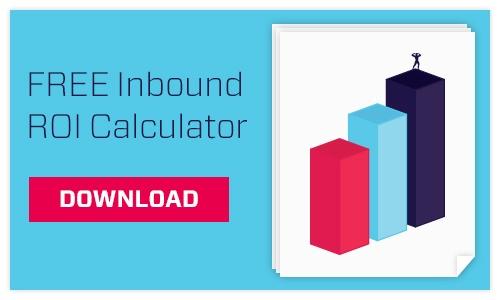Ecommerce marketers are usually focused on impressions, clicks, and shares. There's no denying that those metrics are important, but what about average order value (AOV)?
AOV tracks the average dollar amount spent each time a customer places an order on a website or mobile app. It's calculated by dividing the total revenue by the total number of orders. AOV is an important metric to track and understand because it helps retailers understand their customers' buying trends and the effectiveness of their digital campaigns. Clicks are great but if it doesn't lead to a purchase, what's the point?
Here's what you can do to improve AOV throughout the funnel.
Incorporate effective on-site search. Search is one of the most important elements on your site because it is a big part of how customers find what they need. 30 percent of online shoppers begin their visit with a search and if they cannot find what they need, they will abandon your ecommerce site. Effective site search reduces the number of clicks between entering a search term and adding an item to their cart. According to the Q3 2016 Ecommerce Benchmark Report, shoppers who use internal site search showed a 216% increase in conversion rate and a 21% increase in average order value over customers that browse a site.
Create a sense of urgency.
Limited time offers to receive a discount if a certain price threshold is reached, free shipping, or a quantity discount foster a sense of urgency. Such offers can convince a someone to buy additional items they were on the fence about or were going to wait to purchase.
Suggested Selling
Amazon is the king of suggested selling with their "Your Recommendations" section. Based on a user's order and/or browsing history, they create a list of items that may be relevant to the customer's needs. For example, a customer may be purchasing patio furnture. If your site serves them with a "Commonly Paired With" section, they may realize that they need outdoor cushions- improving your AOV metric.
Structure page navigation around how people shop.
Search is a great tool for helping users find what they want to buy. Intuitive navigation, however, is also a large AOV driver. 60% of users prefer on-page navigation over search to find the products they are looking for. Website navigation is great for your users and SEO performance. Create content hierarchies to simplify content location. When a large amount of content exists, break it into a few broad categories. Doing so makes sense to both users and search engines.
Encourage social proof.
Online reviews are today's word of mouth. Positive reviews reinforce the customer's decision to purchase and can spur the desire to purchase additional products.
Personalize the homepage.
Lots of retailers have a one size fits all website. The problem with that is that, in most instances, people have different needs and motivations for visiting an ecommerce site. Dynamically generated content serves each person with a homepage customized to their needs and wants, increasing the chance that their AOV will be higher.
Offer free shipping.
Shipping and handling costs trigger 52% of abandoned carts. That's huge! Your customer was ready to buy but was discouraged by shipping costs. Offering free shipping and returns addresses one of the major hesitations online shoppers typically have. They can't see or try an item prior to buying it so naturally, that creates buying hesitation.
Run A/B test on your homepage.
Run tests on your ecommcerce site's call-to-action buttons. There are several variations you can try- color, copy, font, shape, placement. At first glance these seem insignificant but they could potentially have a big impact on visitor's purchases.
Email coupons for repeat purchases.
If you've ever shopped at DSW, you know that they are masters at getting you to come back and purchase more (if you're part of their rewards program). After making a purchase, they often send you deals that encourage you to come back and spend more on a larger order. Not only does this boost CLV (customer lifetime value), but those who come back to purchase often spend more money due to their familiarity with the brand.
To sum it up, AOV is a key metric that retailers use to measure to understand their customers’ purchasing habits. Like other key metrics, AOV can be tracked for any time period, but most companies monitor the moving monthly average. A high, consistent AOV indicates that your digital campaigns, website, and product offerings are where they need to be. Be sure to monitor your customer's path to purchase and note what you can do to nurture them toward improving your AOV.


